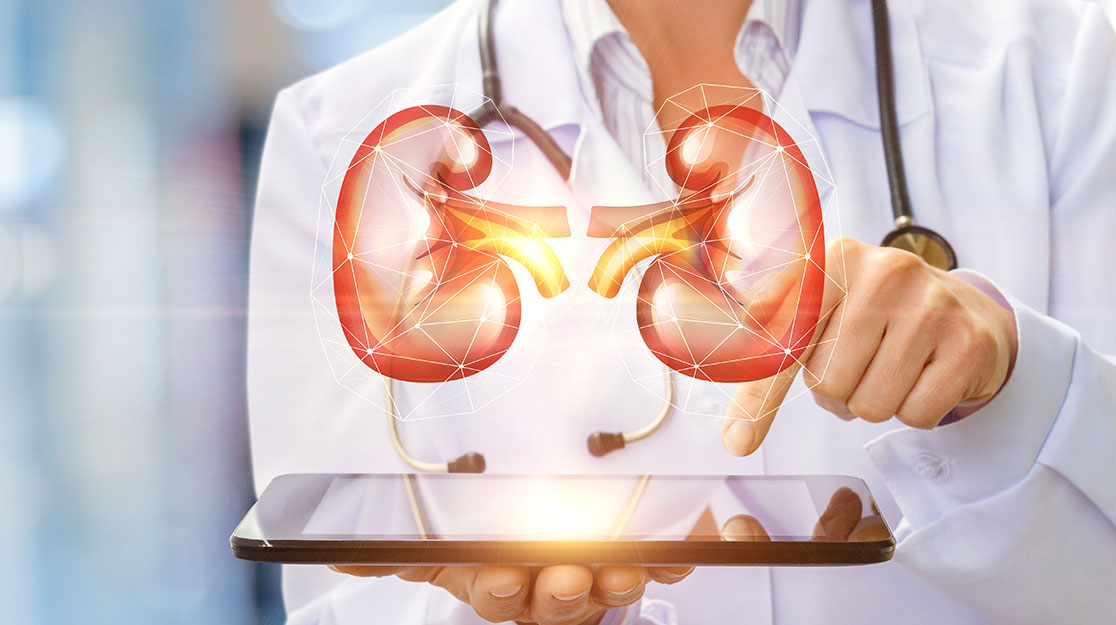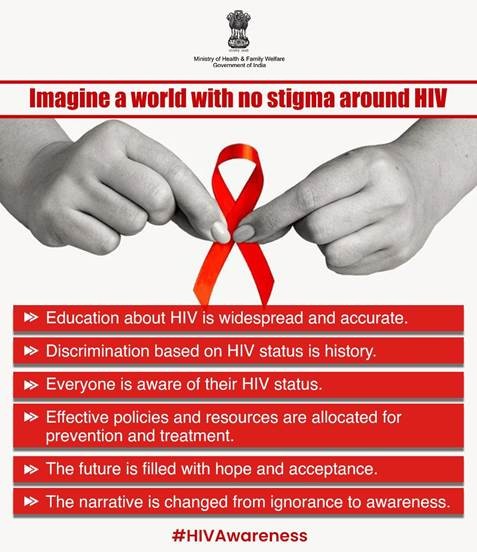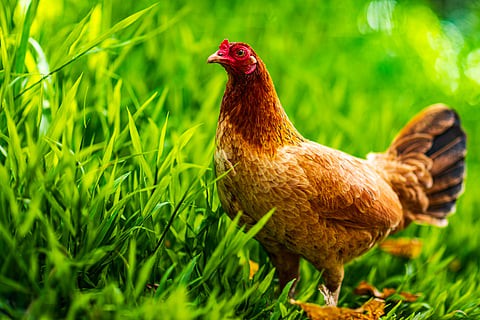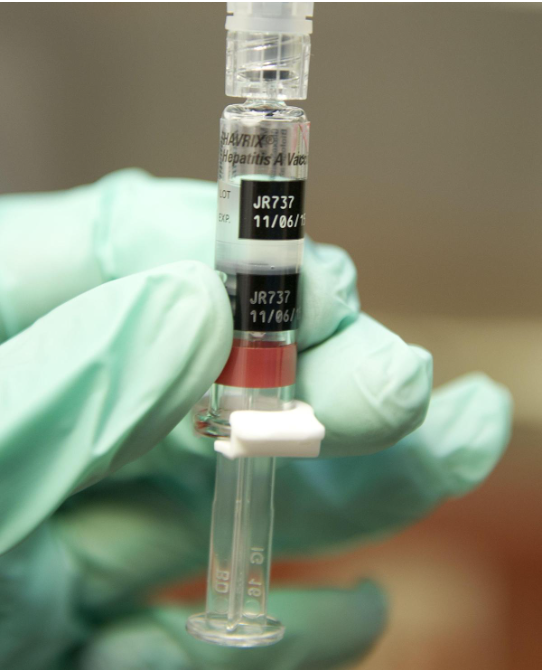





Copyright infringement not intended
Picture Courtesy: www.jehangirhospital.com
Context: Around 2 lakh Indians reach end-stage kidney failure annually, but only 12,000 receive transplants, creating a large gap.
Details
|
Kidney ●The kidney is a bean-shaped organ that is located in the lower back, on either side of the spine. Each kidney is about the size of a fist and weighs about 150 grams. ●The kidney consists of two main parts: the renal cortex and the renal medulla. ○The renal cortex is the outer layer of the kidney that contains millions of tiny filtering units called nephrons. ○The renal medulla is the inner layer of the kidney that contains the collecting ducts and the renal pyramids. ●It filters about 180 litres of blood plasma per day, removing waste products such as urea, creatinine, uric acid, and drugs, as well as excess water, salts, and minerals. ●It reabsorbs about 99% of the filtrate, retaining substances that are needed by the body such as glucose, amino acids, sodium, potassium, calcium, phosphate, bicarbonate, and water. ●It secretes substances that are not needed by the body or are harmful to it such as hydrogen ions, ammonia, potassium, and some drugs. ●It excretes urine, which contains waste products and excess fluids that are eliminated from the body. ●It regulates several aspects of blood composition and volume such as blood pressure, blood pH, blood osmolarity, electrolyte balance, and fluid balance. ●It produces hormones that have various effects on other organs and systems such as; ○Renin, which activates the renin-angiotensin-aldosterone system (RAAS) that controls blood pressure ○Erythropoietin (EPO), which stimulates red blood cell production in the bone marrow ○Calcitriol (active form of vitamin D), which promotes calcium absorption in the intestines and bone mineralization ○Prostaglandins (PGs), modulate inflammation, pain, fever, and blood flow. |
Kidney Transplant in India
Indian Transplant Law
Challenges and Reasons for Kidney Trafficking
Addressing the Challenges
|
Organ transplantation landscape in India over the last five years ●Transplantation Statistics (2018-2022): ○Kidney transplants were the most common, accounting for 75% of total transplants. ○Liver transplants ranked second (22%). ○Heart transplants were the third most common. ●India is the second-highest country globally for kidney transplants, following the United States. Notably, this ranking is based on living donations rather than cadaver donations. ●Both organ donation and transplantation figures decreased during the COVID-19 pandemic but more than doubled afterwards. ●Over 80% of organ transplants in India are living donations. Living kidney donation is highlighted as a relatively straightforward process, allowing the donor to lead a normal life with one kidney. ●The central government made policy changes, removing an age barrier that restricted organ donation from individuals over 65. This allows seriously ill individuals in this age group to receive donations from living donors. |
Conclusion
Must Read Articles:
Organ Donation: https://www.iasgyan.in/daily-current-affairs/organ-donation
Organ Transplantation in India: https://www.iasgyan.in/daily-current-affairs/organ-transplantation-in-india
|
PRACTICE QUESTION Q. What are the primary challenges contributing to the gap in organ transplantation accessibility and availability in India, and what measures are being taken to address this issue? |






© 2025 iasgyan. All right reserved